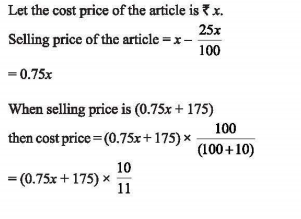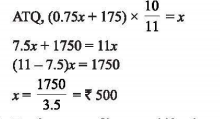UGC NET Paper1 Previous Year Solved Papers - 26th June 2019 Morning Shift
26. If REASON is coded as 5 and GOVERNMENT as 9, then what is the code for ACCIDENT?
- Option : B
- Explanation : Given word is 'REASON'
It's code = (Number of letters in the word-1) = 5
GOVERNMENT = 9 = (Number of letters in the word-1)
Similarly, ACCIDENT = 7 = (Number of letters - 1)
- Option : B
- Explanation : This is clearly the first point of communication or a message, not a feed back of any delivered message. Input and output figure in "Man-machine interaction"; man talking to computers with programs, applications and drivers assigning them work to be done (input) and they, responding with solutions (output).
29. In the context of communication, the usual sequence is:
- Option : C
- Explanation : The desire to communicate was the main drive
behind language making, which itself was
incident upon social life and cultural growth.
During the stone ages, the communication
was in a nascent stage. Communication with
the aid of runners, birds, arrows, smokes and
shouting was replaced with signs and non-
verbal communication via cave paintings,
petro glyphs, ideograms and pictograms
which gradually made way for different kinds
of verbal methods of communication.
The technological innovations of the nineteenth century and later - post and telegraph, telephone, phonograph, photography, newsprint, motion pictures, fibre optic, radio, television, computer, internet, social media, and so on, have powerfully changed the way humans communicate with each other.




